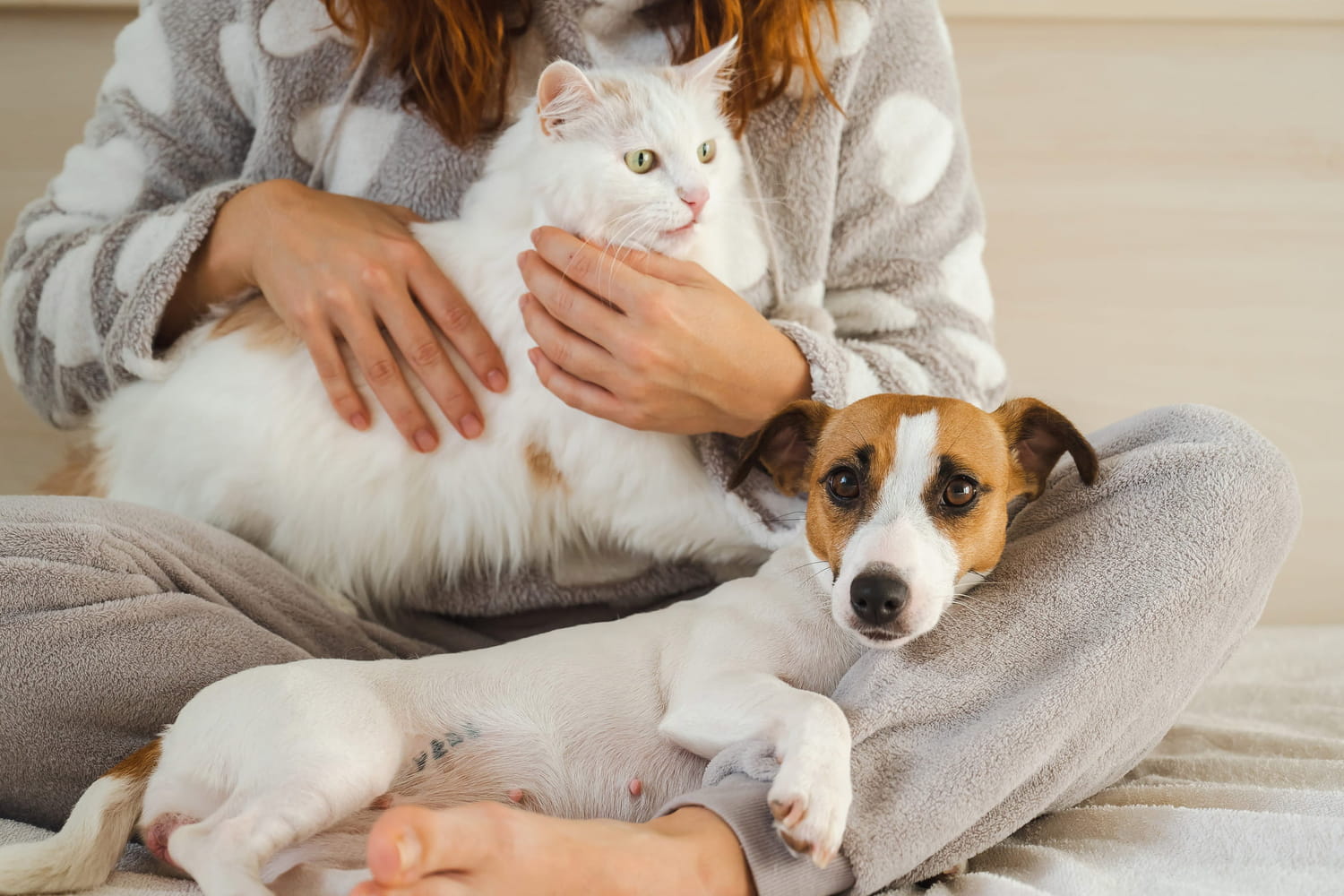We often think of cat litter or dog toys. However, that’s not the dirtiest.
They track the hair on the carpet, wipe out the traces of drool on the tiles, groan in front of the addicts left on the sofa. Vacuum cleaner in hand, they hunt for dirt that their four -legged companions leave behind. Nothing escapes them … or almost. Because despite all this vigilance, an element is often forgotten during cleaning: an accessory however in direct contact with the animal, and which can house many more bacteria than we imagine. A study by the NSF International (independent organization created in 1944 to protect public health worldwide), published in 2011, has looked into the subject.
The researchers analyzed the presence of germs on 30 objects used on a daily basis, ranging from worktops to smartphones, without forgetting animal affairs. They measured the levels of yeast, mold and coliform bacteria, including salmonelle and E. coli. Result: the sponge and the kitchen cloth lead the most contaminated objects, closely followed by the kitchen sink. The toothbrush holder takes third place, just before an accessory which directly concerns animal owners.
This is the bowl of your animal, a real microbes nest “sometimes even worse than the toilets” indicates the veterinarian Nicolas Deswarte, alias @nico_veto on social networks. It exceeds in contamination the coffee tank, tap handles, stove and even cutting boards, just that! Animal toys are not far away, since they arrive at 7ᵉ place. There are coliforms, including staphylococci, as well as yeasts and mold. As for the bowl, according to the veterinarian Nicolas Deswarte “Salmonella or Escherichia coli can develop quickly, especially when the leftovers stagnate there all day”, he comments in his video.
The animal health professional adds that the material of the bowl strongly influences the level of contamination. Some textures more promote bacterial proliferation. He explains: “Plastic bowls, for example, are porous, and can retain many more bacteria than those in steel or ceramic.”
Like the NSF experts, he recommends that the masters clean the bowl of their animal with hot soapy water after each meal. “As we would do with your own dishes”, underlines the veterinarian. Once a week, he also advises “A slightly deeper disinfection, you can immerse it in hot water with white vinegar for 10 minutes, or pass it through the dishwasher at high temperature”. The best thing is still to have several bowls in reserve to be able to easily alternate cleaning!


